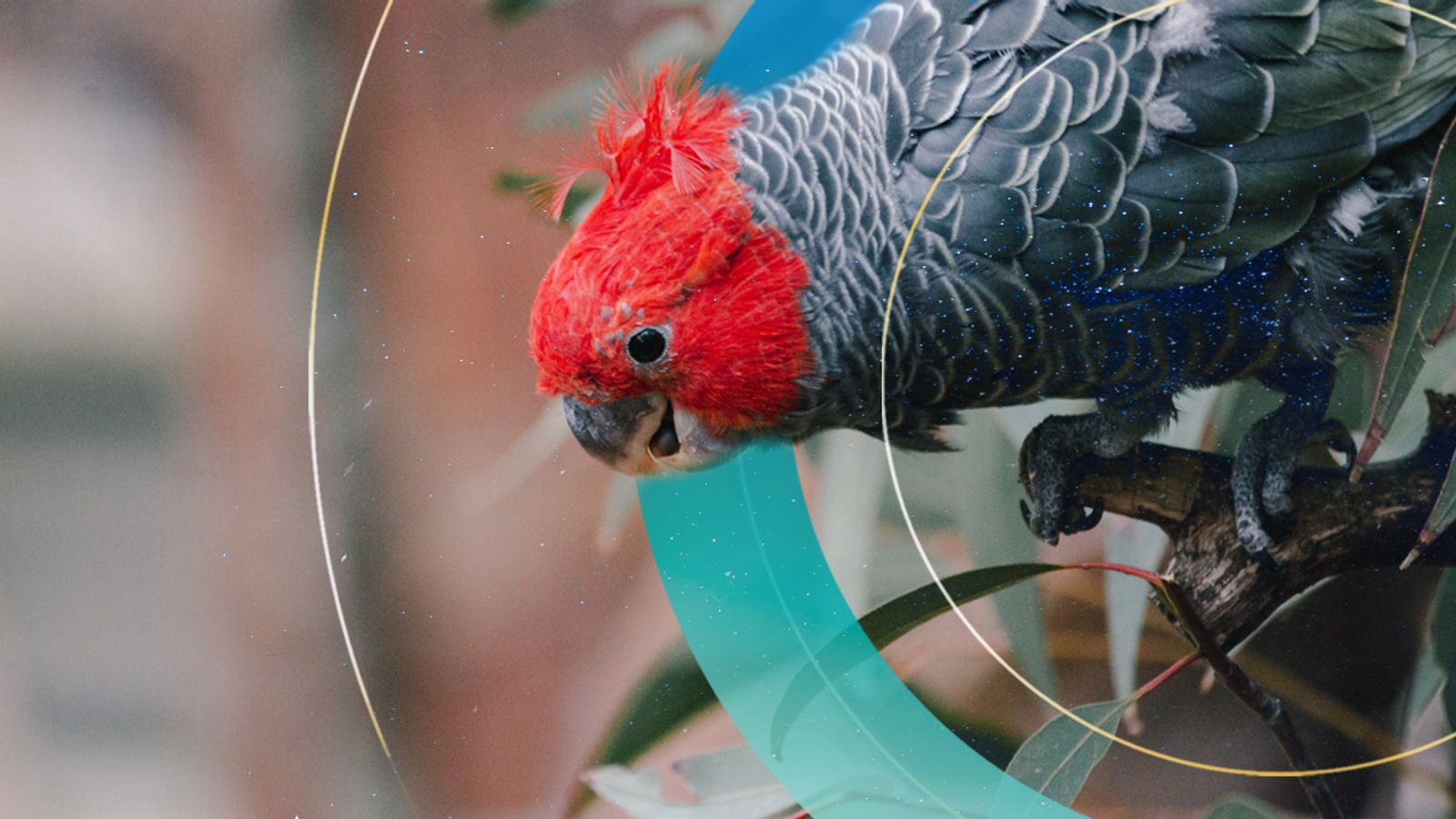Larger ears, bulkier beaks and longer wings – climate change is causing numerous species to “shape-shift” and adapt to the world’s warming temperatures, a study claims.
Sara Ryding, the study author and researcher at Deakin University in Australia, says several species are changing over the generations since warmer climates tend to produce creatures with longer limbs and larger appendages.
The larger features are expected to help the animals deal with hot weather because they have a greater surface area to release body heat.
“Many animal appendages, such as avian beaks and mammalian ears, can be used to dissipate excess body heat,” she writes.
“We find that there is widespread evidence of ‘shapeshifting’ (changes in appendage size) in endotherms in response to climate change and its associated climatic warming.”
Ms Ryding also says it is “alarming” that we are seeing these responses so early on in the climate crisis.
“We don’t know if they’ll be able to keep up as the crisis worsens.”
Thousands of ‘red wall’ jobs at risk without green investment, TUC warns PM
Climate: Greenpeace declares emergency as ‘supertrawlers’ blamed for depleting UK fish stocks putting ocean and livelihoods ‘at risk’
Podcast: Is the UK giving Australia a free pass on climate?
Australian birds, such as the gang-gang cockatoo and red-rumped parrot, have evolved to have a 10% average increase in bill size to adapt to a hotter climate since 1871, according to new research published in the journal Trends in Ecology & Evolution.
Other victims of climbing temperatures include wood mice, who now have bigger ears, and some species of bats which have been displaying a larger set of wings. Meanwhile, several other species of birds in North America and Australia have increased bill sizes, the study says.
“This is not necessarily an increase that’s visible to the naked eye,” Ms Ryding says, “but it’s still functionally important”.
Ms Ryding is concerned that evolution is occurring too rapidly in response to climate change, and explains such morphological changes have been taking place observably for a century among a wide range of species across vast geographical areas.
She says: “I don’t want the takeaway to be that, ‘Oh, animals are evolving in response to climate change, that means they’ll be fine,’ because that simply isn’t true.”
“The increases in appendage size we see so far are quite small – less than 10% – so the changes are unlikely to be immediately noticeable,” Ms Ryding said.
“However, prominent appendages such as ears are predicted to increase – so we might end up with a live-action Dumbo in the not-so-distant future.”
:: Subscribe to ClimateCast on Spotify, Apple Podcasts, or Spreaker.
While the morphological changes are showing that species are dealing with warming temperatures, they could suffer in decades to come, the study warns.
Ms Ryding says: “Shape-shifting does not mean that animals are coping with climate change and that all is fine.
“It just means they are evolving to survive it – but we’re not sure what the other ecological consequences of these changes are, or indeed that all species are capable of changing and surviving.”






















